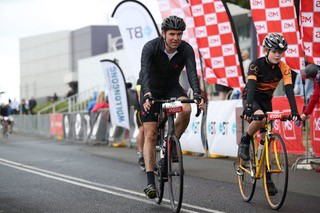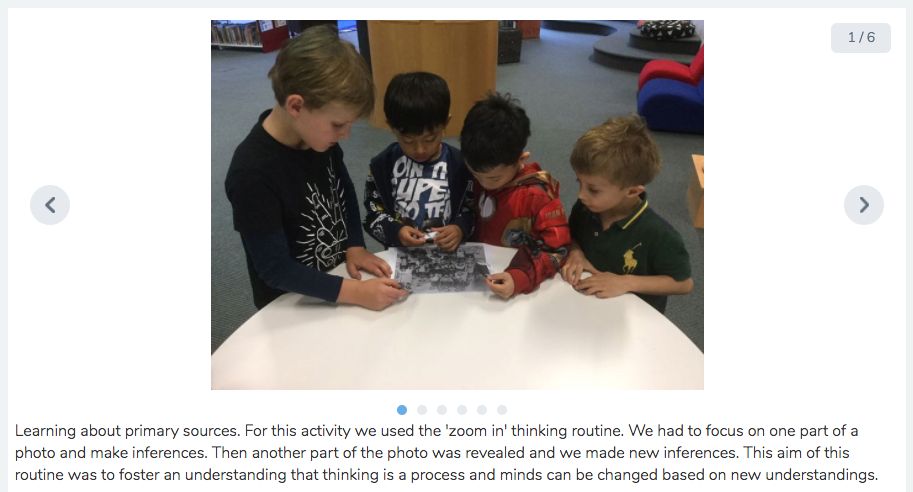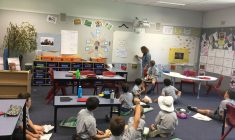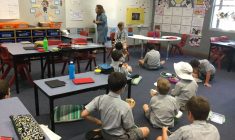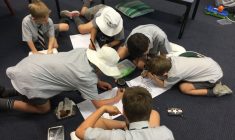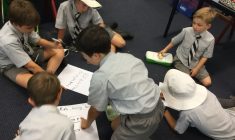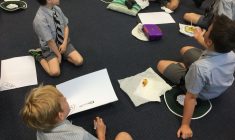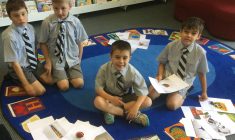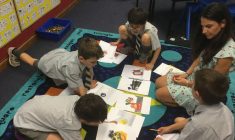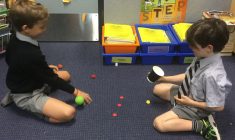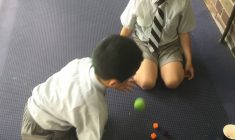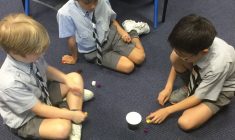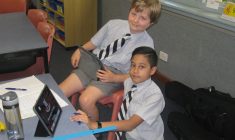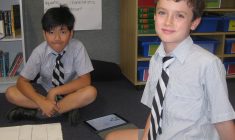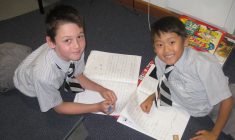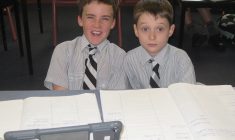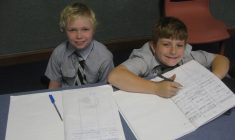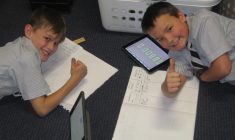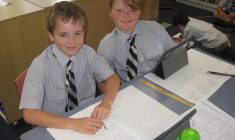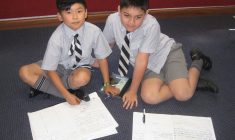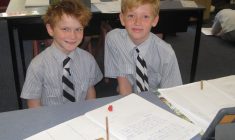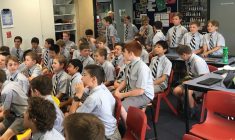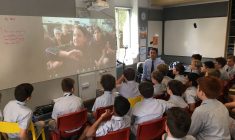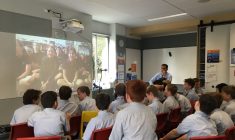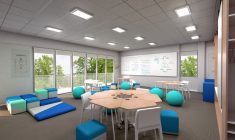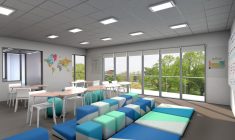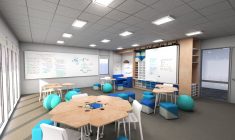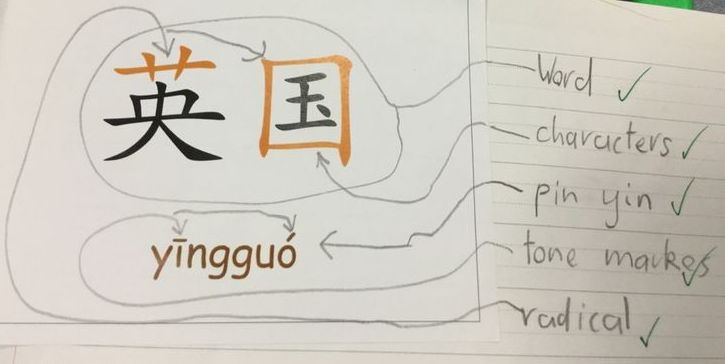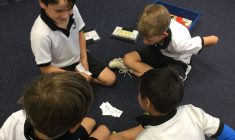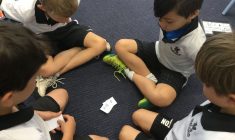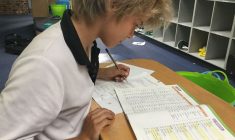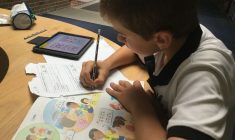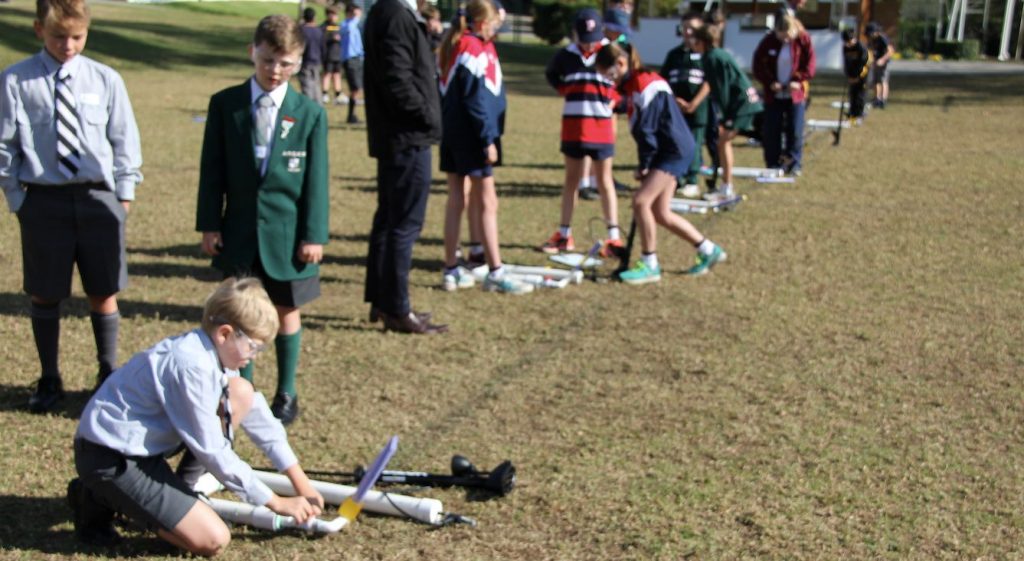A Message from The Head of Lindfield
How can parents help their boys reach their academic potential?
My offering this week comes in the form of a Marshall Memo article looking at successful parent involvement in student success from a new perspective. Every parent at Lindfield wants to help their son reach his academic goals but how we help our boys is subject to much debate. The article below is intended to stimulate your thinking and discussion at home.
In this article in The Russell Sage Foundation Journal of the Social Sciences, Angel Harris and Keith Robinson affirm the importance of parents to their children’s academic success. But Harris and Robinson note that researchers disagree on the type of parent involvement that is most helpful. Is it helping with homework? Reading to children? Engaging children in home learning activities? Teaching social skills? Communicating with teachers? Attending meetings and events at the school? Being involved in school decision-making?
So what does boost student achievement? According to the authors’ research, it’s stage-setting. The analogy is to what a theater’s behind-the-scenes workers do so actors can perform successfully in the show. “Thus,” say Harris and Robinson, “a good performance can be characterised as a partnership between two critical components: (1) the actor embodying his or her role, and (2) the stage-setter creating and maintaining an environment that reinforces (or does not compromise) the actor’s embodiment of the role. Likewise, many parents construct and manage the social environment around their children in a manner that creates the conditions in which academic success is possible.”
The most effective parents, say the authors, set the stage for their children’s academic success by the life space and messages they orchestrate:
– They provide a secure home and neighbourhood environment so children don’t have to worry about food and shelter and getting to and from school safely.
– They make strenuous efforts to get their children into good schools.
– They are supportive of academics, but also of non-school activities like sport or music lessons.
– Their support comes across as caring about children’s overall success, not pressure and micromanaging to get an A in math. This can be conveyed indirectly, for example, by a desk rather than a TV in a child’s bedroom, and lots of books and magazines in the home.
– They convey the critical importance of academic achievement to future options and life success.
– They show confidence in the child’s intelligence and ability to do well in school, fostering a positive academic identity and a sense of responsibility to not let the family down.
All this produces a strong academic self-concept in young people. The best outcome is both – a strong academic and general self-concept.
Harris and Robinson’s big point is that it’s parents’ stage-setting, not being super involved in school activities, that makes the difference. “Whereas traditional forms of involvement comprise any number of parental activities,” they say, “stage-setting requires that parents focus on only two factors: messages and life space. Certainly, parents can be traditionally involved in their children’s schooling to accomplish each of these factors, however, they argue that stage-setting aims can also be achieved without employing any traditional forms of involvement. Thus, a busy parent with a demanding career can be a successful stage-setter with minimal direct involvement in his or her child’s schooling.” This hypothetical parent’s influence is at work under the surface, subtly shaping the children’s self-concept, aspirations, and future possibilities.
Below are different home scenarios and the common outcomes. Harris and Robinson suggest four possibilities:
– Parents don’t convey the importance of education and don’t provide an educationally supportive home environment – This usually produces low achievers.
– Parents convey the importance of education but don’t create an educationally supportive home environment – This usually produces mediocre or average achievers.
– Parents don’t convey the importance of education, but there is an educationally supportive home environment – This usually produces average achieving students.
– Parents convey the importance of education and create an educationally supportive home environment – This usually produces solid high achievers.
Clearly some parents succeed in making these messages more central to their children’s frame of reference and creating a positive life space, thereby broadening children’s horizons, enriching their psyches, and setting them up for academic success.
Article from Marshall Memo 701 Article #5 September 4, 2017
“A New Framework for Understanding Parental Involvement: Setting the Stage for Academic Success” by Angel Harris and Keith Robinson, The Russell Sage Foundation Journal of the Social Sciences, September 2016 (Volume 2, #5)
Ben Barrington-Higgs




